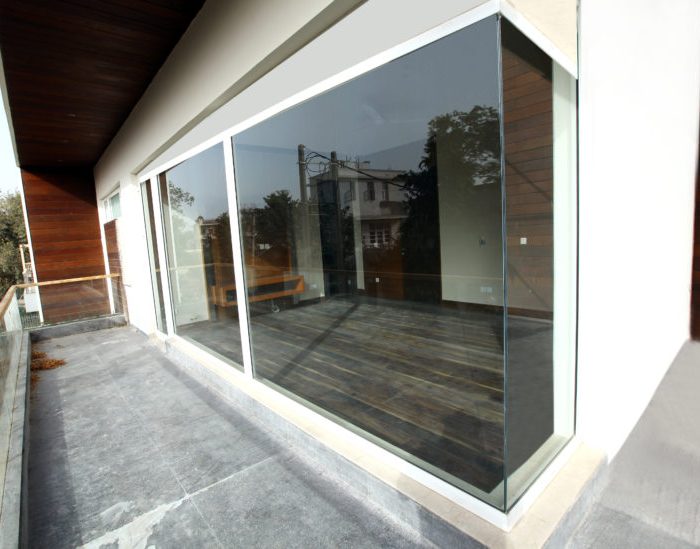Increasing demand for well – designed windows and doors has resulted in innovations in the quality and texture. There is a high demand for uPVC windows and doors that require less maintenance and are made of efficient materials to save energy. The Indian fenestration industry is rapidly growing, along with the changing visionary generation of end-users, looking for revolutionary, non-traditional materials, new colours, interiors, and energy-efficient elements for their home. For them, windows and doors must improve their buildings’ overall design while letting in light and air, and keeping away unwanted sounds.
The Indian fenestration industry has undergone quite a remarkable transformation due to the rise of several new technologies. According to the current report, the Indian uPVC windows market is expected to grow at a CAGR of 7.0 percent to reach FY-2020 over INR 17,000 crore in terms of revenue. The uPVC properties make it ideal for both windows and doors applications.
These properties have capability to maintain its shape in climatic temperatures and in contrast to materials such as woods; additionally, the compound can resist knocks and impacts without fracturing, and can be reshaped through heat and thus recycled. The segment will see an estimated 30 percent growth over the next 10 – 15 years, including both new and replacement.
UPVC: The right material
uPVC is definitely the right material for long lasting quality of windows and doors. As compared to timber, uPVC is much economical and easy to produce. The material is eco-friendly and reduces the use of wood and timber to craft windows and doors to prevent deforestation. uPVC is inexpensive to manufacture, which makes it more affordable than wood or aluminium materials. Increasing consumer aspirations has enabled superior quality products to achieve higher and faster global market penetration and that’s the reason, uPVC windows and doors are successful in imprinting its footprints in the fenestration industry.


